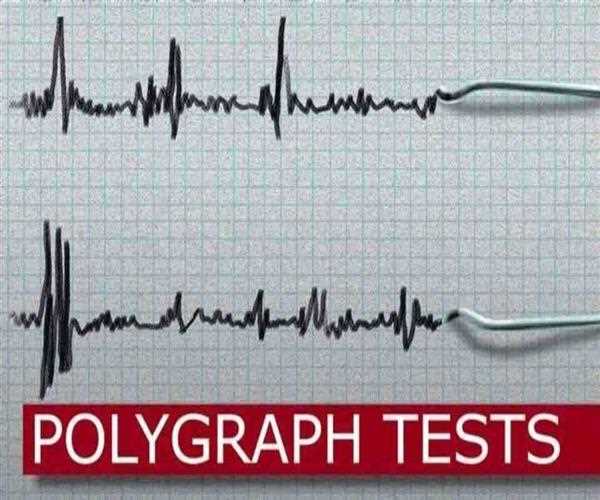A polygraph, popularly referred to as a lie detector, measures and records several physiological indices such as blood pressure, pulse, respiration, and skin conductivity while a person is asked and answers a series of questions. The belief underpinning the use of the polygraph is that deceptive answers will produce physiological responses that can be differentiated from those associated with non-deceptive answers. There are, however, no specific physiological reaction associated with lying, making it difficult to identify factors that separate liars from truth tellers. Polygraph examiners also prefer to use their own individual scoring method, as opposed to computerized techniques, as they may more easily defend their own evaluations.

The instrument typically used to conduct polygraph tests consists of a physiological recorder that assesses three indicators of autonomic arousal: heart rate/blood pressure, respiration, and skin conductivity. Most examiners today use computerized recording systems. Rate and depth of respiration are measured by pneumographs wrapped around a subject's chest. Cardiovascular activity is assessed by a blood pressure cuff. Skin conductivity (called the galvanic skin or electrodermal response) is measured through electrodes attached to a subject's fingertips.

The recording instrument and questioning techniques are only used during a part of the polygraph examination. A typical examination includes a pretest phase during which the technique is explained and each test question reviewed. The pretest interview is designed to ensure that subjects understand the questions and to induce a subject's concern about being deceptive. Polygraph examinations often include a procedure called a "stimulation test," which is a demonstration of the instrument's accuracy in detecting deception.
A person who is telling the truth is assumed to fear control questions more than relevant questions. This is because control questions are designed to arouse a subject's concern about their past truthfulness, while relevant questions ask about a crime they know they did not commit. A pattern of greater physiological response to relevant questions than to control questions leads to a diagnosis of "deception." Greater response to control questions leads to a judgment of nondeception. If no difference is found between relevant and control questions, the test result is considered "inconclusive."